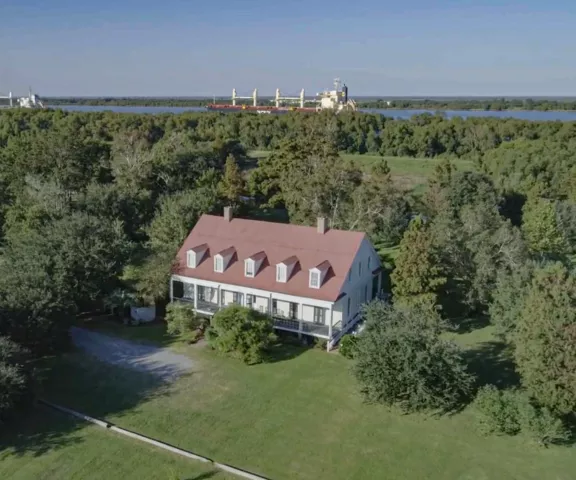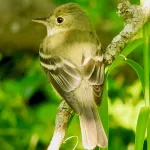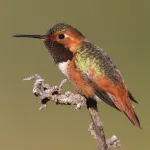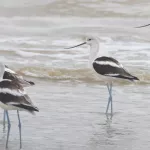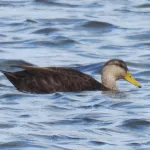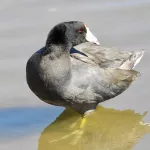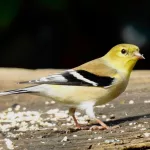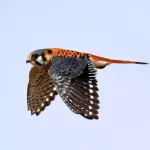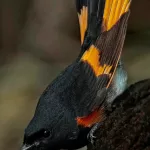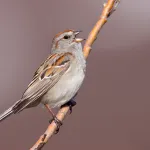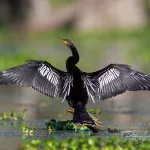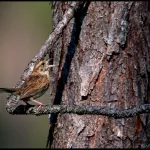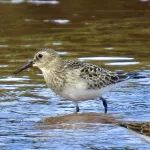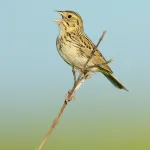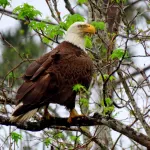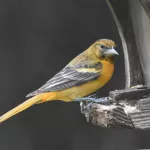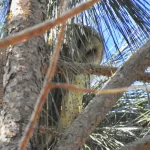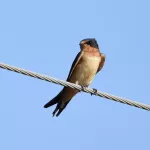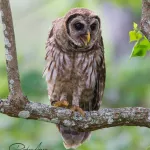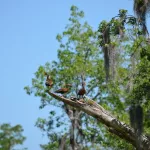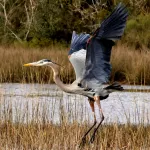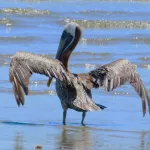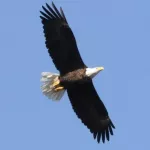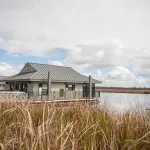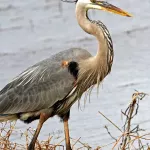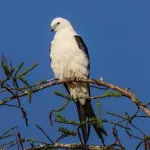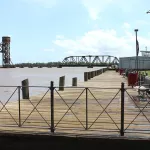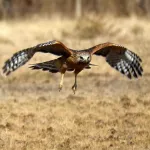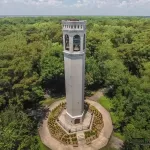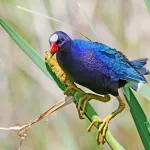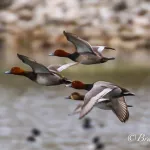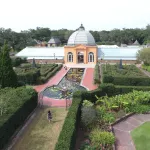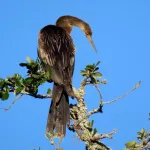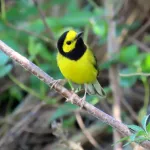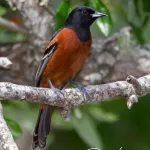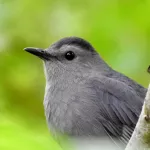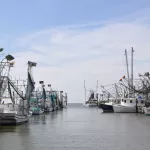Woodland Plantation is listed in the National Register of Historic Places. Located on the Mississippi River about 40 minutes south of New Orleans in West Pointe à la Hache, it was built in the 1830s by river pilot Captain William Johnson. “The Big House” has achieved relative immortality, with its image rendered on the label of Southern Comfort liquor.
The proximity of Woodlands Plantation to the lower Mississippi River and associated bottomland hardwood forest and marsh habitats renders it a good birding site as well. Waterfowl such as Black-bellied Whistling-Duck, Mottled Duck, and Hooded Merganser are easily observed from the marsh and river. Other common waterbirds include Pied-billed Grebe, King, Clapper, and Sora Rails, and Common and Purple Gallinules. Seabirds, such as Forster's, Caspian, and Royal Terns, Common Loon, and American White and Brown Pelicans, are commonly recorded.
The wading bird action is always good here. Common species include Great Blue, Little Blue, Tricolored, and Green Herons, Great, Snowy, and Cattle Egrets, both Black-crowned and Yellow-crowned Night-Herons, White Ibis, and Roseate Spoonbill, along with Anhinga.
The riparian forest section provides a rich assortment of woodland birds, including numerous species of woodpeckers, flycatchers, vireos, thrushes, and orioles. Winter months bring Chipping, White-crowned, White-throated, Savannah, and Swamp Sparrows. Over 10 species of warblers have been recorded here, including three of which nest here –Prothonotary, Common Yellowthroat, and Northern Parula, as do both Indigo and Painted Buntings.
Woodlands was established as a sugar cane plantation. It was also involved in the slave trade. Johnson partnered with Jean Lafitte, who had become involved in pirating slave ships off of the Louisiana coast. Johnson would house the pirated enslaved people and trade them at plantations up and down the Mississippi River. Today, Woodland Plantation operates as a reception venue, a B&B, a charter fishing hotspot, and a fine dining establishment. Amenities include gravel parking and trails, restrooms, lodging, and a restaurant. Outdoor activities at Woodlands Plantation include hiking, birding, fishing, and nature photography.


